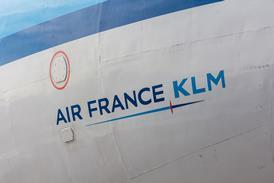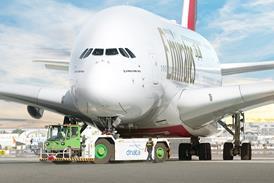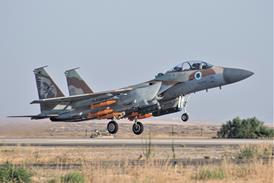US National Transportation Safety Board chairman Mark Rosenker has chided the US Federal Aviation Administration for failing to provide "the same level of safety" for all passengers, no matter what the age of the aircraft they travel in. "The Safety Board feels that the continued commercial operation of 50- to 60-year-old airplanes that were not certified to the standards of today's modern airplanes is not safe," he says.
What are the main concerns?NTSB chairman Mark Rosenker says some common themes identified in accidents involving ageing aircraft include:
|
|---|
Citing wing failure in three Forest Service firefighting aircraft "within a short timeframe several years ago", Rosenker says his concern extends to the safety of professional pilots, not only of passengers. But critical to his comment was the fatigue-related wing spar failure of a 1947-built Chalk's Ocean Airways Grumman Mallard near Miami, Florida on 19 December 2005 in which 20 people died.
Rosenker's comments, made before an ageing aircraft conference in Palm Springs, California, relate to the NTSB's July 2006 call for a review of aircraft records, ageing aircraft inspections, and supplemental inspections of all old aircraft used in air carrier, air cargo and air taxi operations.
The regulator's existing ageing transport aircraft programme was based on the investigation into the 1988 Aloha Airlines Boeing 737-200 in-flight fuselage structural failure over Hawaii and the 1996 TWA Boeing 747-100 accident in which the centre-wing fuel tank exploded in flight. The FAA published a final rule in February 2005 mandating inspections and record reviews of all multi-engine aircraft in air carrier, air cargo and air taxi operations, including fatigue cracking tests for aircraft with 30 more seats, a payload of more than 3,400kg (7,500lb) and built after 1 January 1958.
While the Chalks aircraft was required to comply with the ageing aircraft inspections and records reviews portion of the FAA's final rule, the type is not required to comply with the supplemental inspections requirement because it was type-certificated before 1958 and has fewer than 30 seats. The FAA says: "A requirement to develop damage-tolerance-based supplemental inspections for [pre-1958] Part 135 aircraft would be cost prohibitive. It was estimated that there would be fewer than 80 of these aircraft in scheduled operations in 2010, the compliance date for supplemental inspections in the final rule."
The FAA notes that Cessna and others have voluntarily developed supplemental inspection programmes that will affect some of these projected 80 aircraft. But Rosenker says these measures are not enough.
For more news, pictures and information about the Boeing 747 please visit our 747 page
Source: Flight International




















